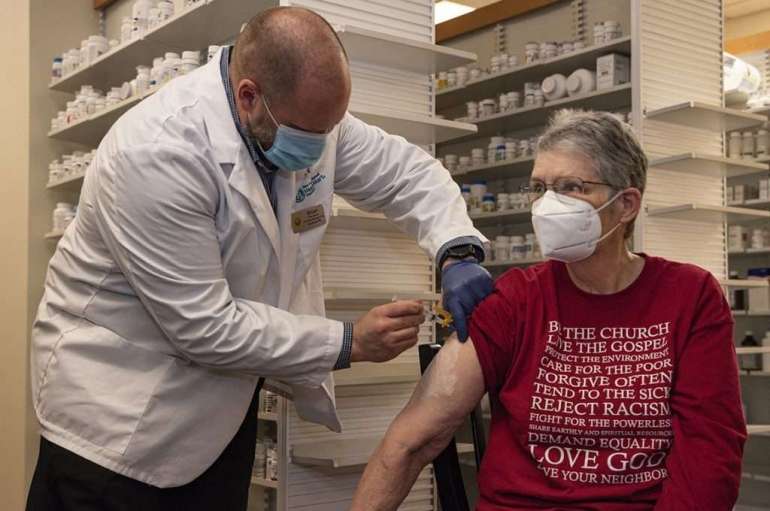Trump administration speeds up plan to deliver Covid shots in pharmacies

The effort comes after the administration fell far short of its oft-stated goal to vaccinate 20 million Americans by the end of December. Absent a national plan, states had been deploying their own measures, such as threatening steep fines for hospitals that don’t use up all of their shots and calling on retired health care workers and dentists to staff vaccination sites.
Nearly 40,000 pharmacies — such as Costco, Rite Aid and Walmart — are involved in the program, though only several thousand will start receiving vaccines in two weeks. Over the next few days, Operation Warp Speed officials plan to make recommendations on which two or three pharmacy chains should start receiving vaccines in each jurisdiction, though the decision is ultimately up to the states.
Federal officials are also encouraging states to move beyond front-line health workers to other priority groups, such as non-essential workers or older adults, if they have vaccines going unused on shelves.
The public-private partnership is launching earlier than expected, said Mitchel Rothholz, the immunization policy lead for the American Pharmacists Association.
“It doesn’t mean that people aren’t going to be able to step up and be ready,” Rothholz said, adding that the move could speed up immunizations.
The decision was made at Camp David, where HHS Secretary Alex Azar convened a meeting with federal health and Operation Warp Speed officials to discuss vaccines and therapeutics in the administration’s waning days. Participants included Paul Ostrowski, OWS’ head of supply, production and distribution; Moncef Slaoui, OWS’ vaccine chief; and General Gustave Perna, the chief operating officer of Operation Warp Speed.
In a statement, Michael Pratt, an Operation Warp Speed spokesperson, said the meeting was aimed at providing additional support and recommendations to “certain jurisdictions to increase vaccinations and reporting.”
Though federal officials have said the pharmacy program is intended to help ensure vaccine access in medically underserved areas, public health experts say it could wind up bypassing low-income and minority populations hardest hit by the pandemic that lack standalone pharmacies and those in grocery stores. The experts have suggested a broader mix of distribution sites, including schools and churches in addition to pharmacies, hospitals and clinics.